In recent years, pedestrian streets in urban areas have increasingly attracted tourists. Quang Ninh also has many pedestrian streets, aiming to develop tourism products. However, in the long term, according to tourism experts, pedestrian spaces should be developed in a way that each area has its own unique characteristics associated with cultural, artistic, culinary , and exhibition activities.
Simply put, a pedestrian street is a street entirely dedicated to pedestrians, both on the road and sidewalk, with no motorized vehicles allowed. It can also encompass an area with multiple interconnected pedestrian streets, linked spatially and functionally, aiming to enhance the cultural and economic space and increase opportunities for the community to enjoy material and spiritual benefits.
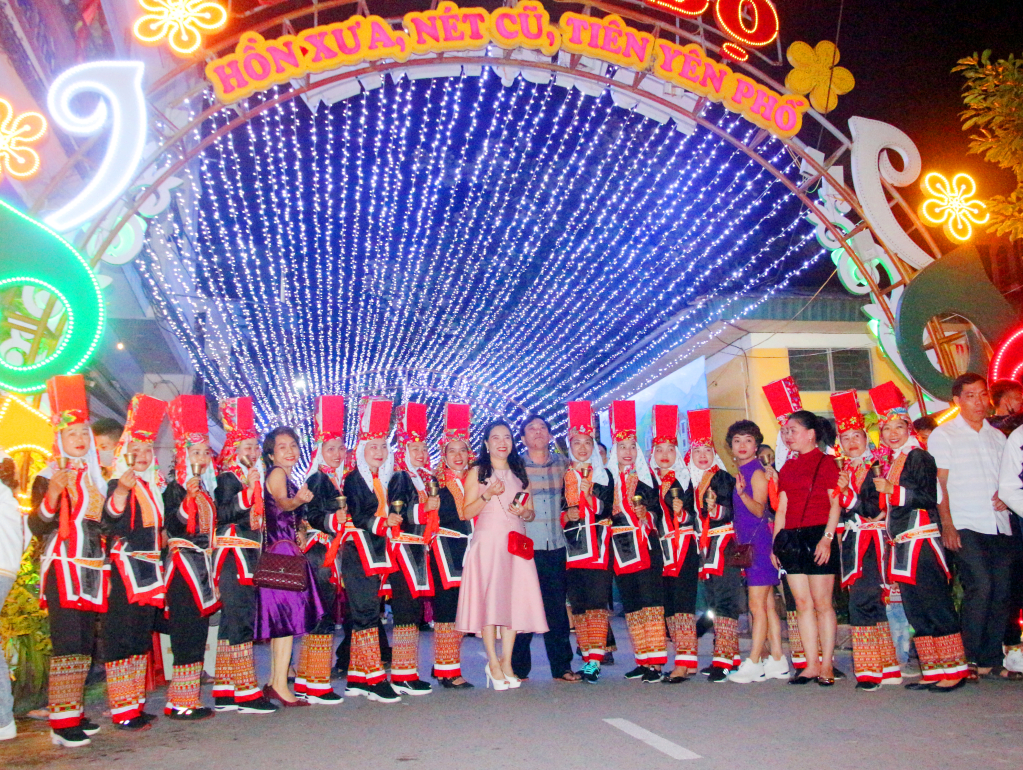
In Vietnam, the first pedestrian streets to be implemented and achieve initial success were the pedestrian and non-motorized vehicle zone in Hoi An Ancient Town in 2004, Nguyen Hue pedestrian street (Ho Chi Minh City) in 2015, and the Ho Guom area (Hanoi) in 2016. With systematic investment, many novel features, and located in the country's largest cities, these spaces quickly attracted a large number of tourists and gradually became popular tourist destinations and products.
"Pedestrian streets are not only places to enjoy a slower pace of life, but also create new perceptions and perspectives on destinations for tourists, attracting many tour groups. They are also a way to retain tourists," assessed Mr. Doan Manh Linh, Head of the Travel Management Department, Department of Tourism.
Following this trend, Quang Ninh initially also formed and developed many unique and successful pedestrian streets. A prime example is the Tien Yen pedestrian street (Tien Yen town, Tien Yen district), known for its distinctive features and many attractive experiential activities. Operating since August 2017, the street encompasses two rows of streets, Ly Thuong Kiet and Hoa Binh (Tien Yen town), and includes spaces showcasing folk culture, markets, and food, all reflecting the theme "The ancient soul and charm of Tien Yen streets."
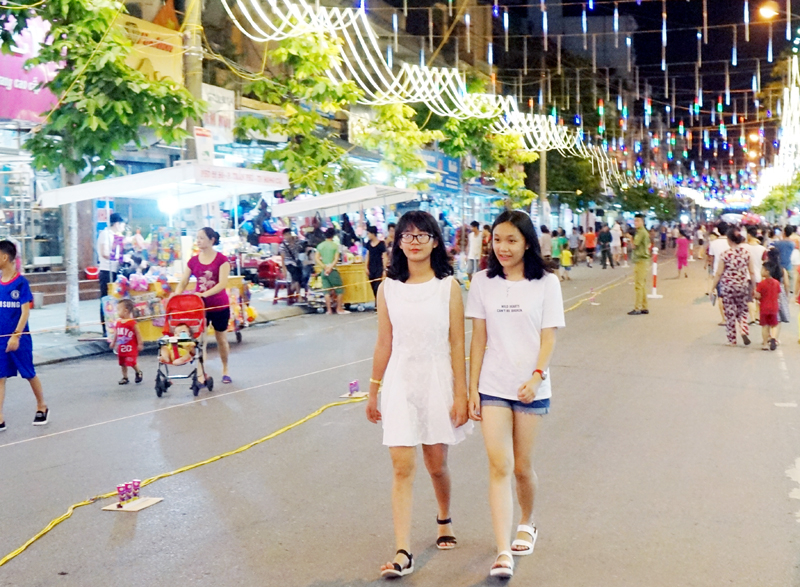
The unique and interesting feature of Tien Yen pedestrian street is the blend of Chinese and French architecture. The old two-story houses with yin-yang tiled roofs and brick walls blend seamlessly into the peaceful atmosphere, attracting visitors. On weekends, Tien Yen pedestrian street hosts vibrant cultural and artistic activities such as street music, folk dancing; exhibitions of paintings, photographs, books, and newspapers; children's games; and food stalls…
Along with Tien Yen, localities such as Hai Ha and Mong Cai have also developed pedestrian streets with their own unique characteristics. The pedestrian street in Quang Ha town features a highlight: a stroll of about 1km along the picturesque Ha Coi River. In Mong Cai, the 2km pedestrian street connects many bustling shopping areas in Tran Phu and Hoa Lac wards, along with a culinary space showcasing specialties from Mong Cai and China.
To unlock tourism potential, experts suggest that what we should focus on is not the number of pedestrian streets, but the quality of spatial connectivity and the value created by those streets. In particular, each pedestrian street must possess its own unique values and characteristics.
Following this trend, recently (March 2023), two pedestrian streets were established in Minh Chau and Quan Lan island communes (Van Don district). With a length of over 500m, these streets, along the main thoroughfares, will liven up the area, offering more services, seafood cuisine, and photo opportunities for tourists visiting the islands. In Co To island district, the pedestrian street in the town center is receiving attention and upgrading through the diversification of services. In Dong Trieu, there is the Su Tue pedestrian street (Dong Trieu town) which recalls the glorious history and revolution. In Ha Long city, the Long Tien Pagoda pedestrian street uses the old-world atmosphere, Bai Tho Mountain, and Long Tien Pagoda as focal points...
It can be seen that in recent years, pedestrian streets have been formed in urban areas and tourist cities of the province, creating more spaces for cultural enjoyment and forming tourism products for tourists to have more choices. However, to successfully implement and for pedestrian streets to become a "magnet" attracting tourists, it requires attention to innovation, investment, and unique characteristics of each locality, instead of just "copying" and replicating, which can easily lead to tourists forgetting them.
Source


![[Photo] Prime Minister Pham Minh Chinh attends the Conference on the Implementation of Tasks for 2026 of the Industry and Trade Sector](/_next/image?url=https%3A%2F%2Fvphoto.vietnam.vn%2Fthumb%2F1200x675%2Fvietnam%2Fresource%2FIMAGE%2F2025%2F12%2F19%2F1766159500458_ndo_br_shared31-jpg.webp&w=3840&q=75)







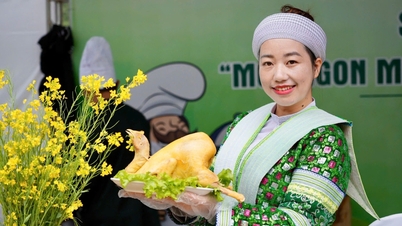



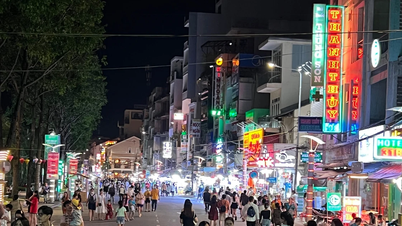
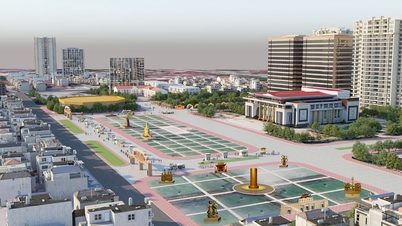

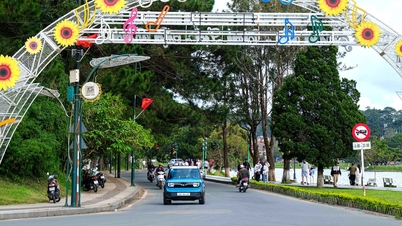





























































































Comment (0)